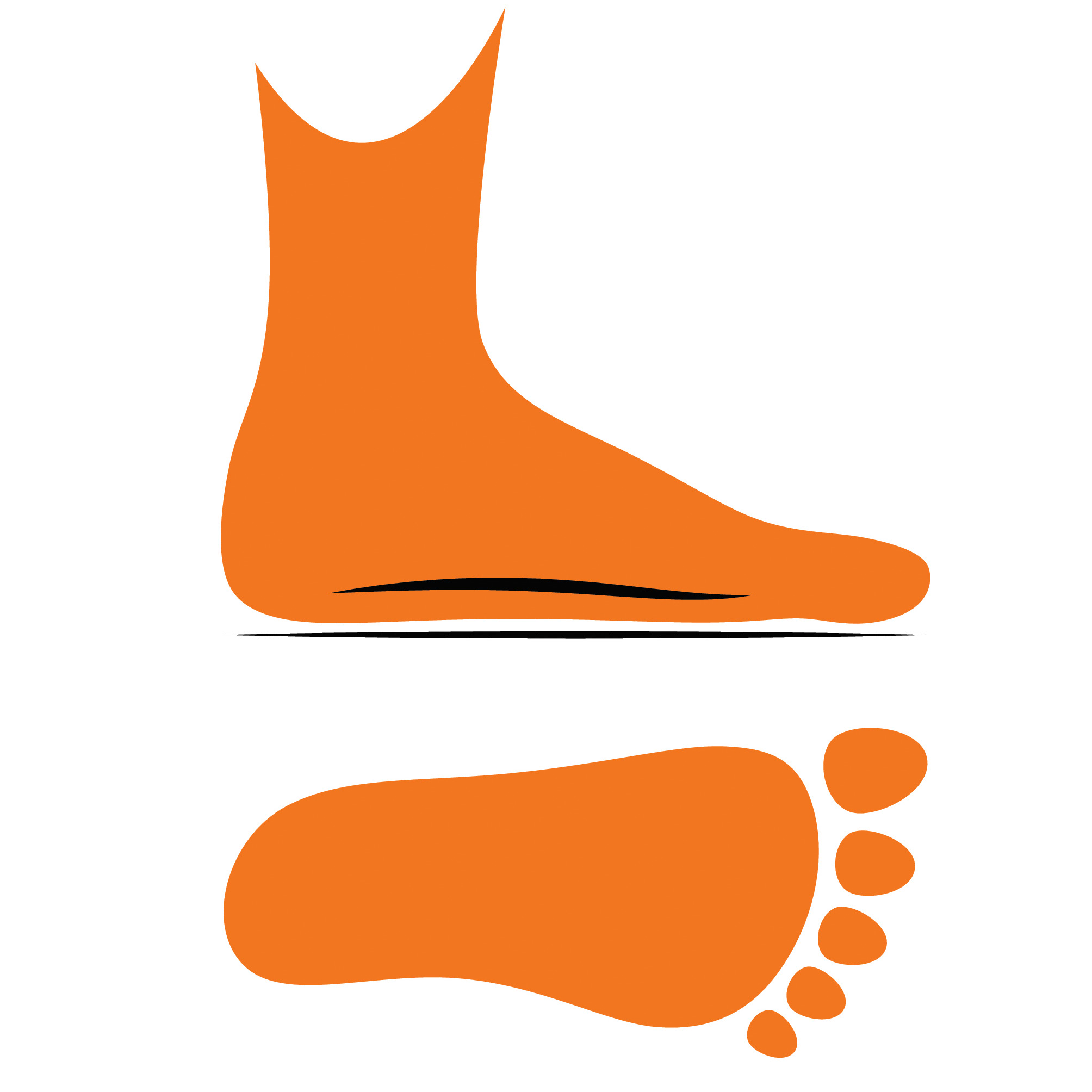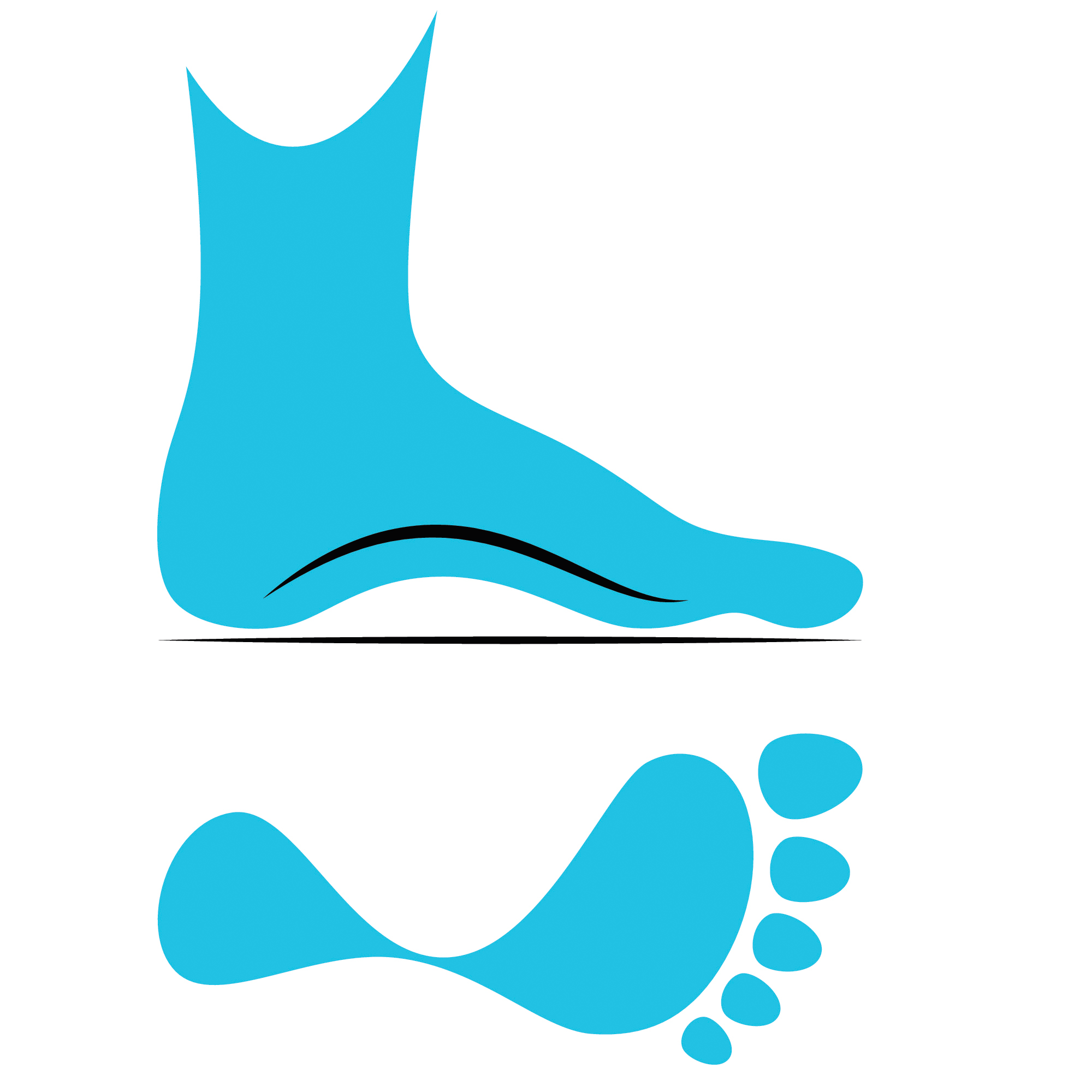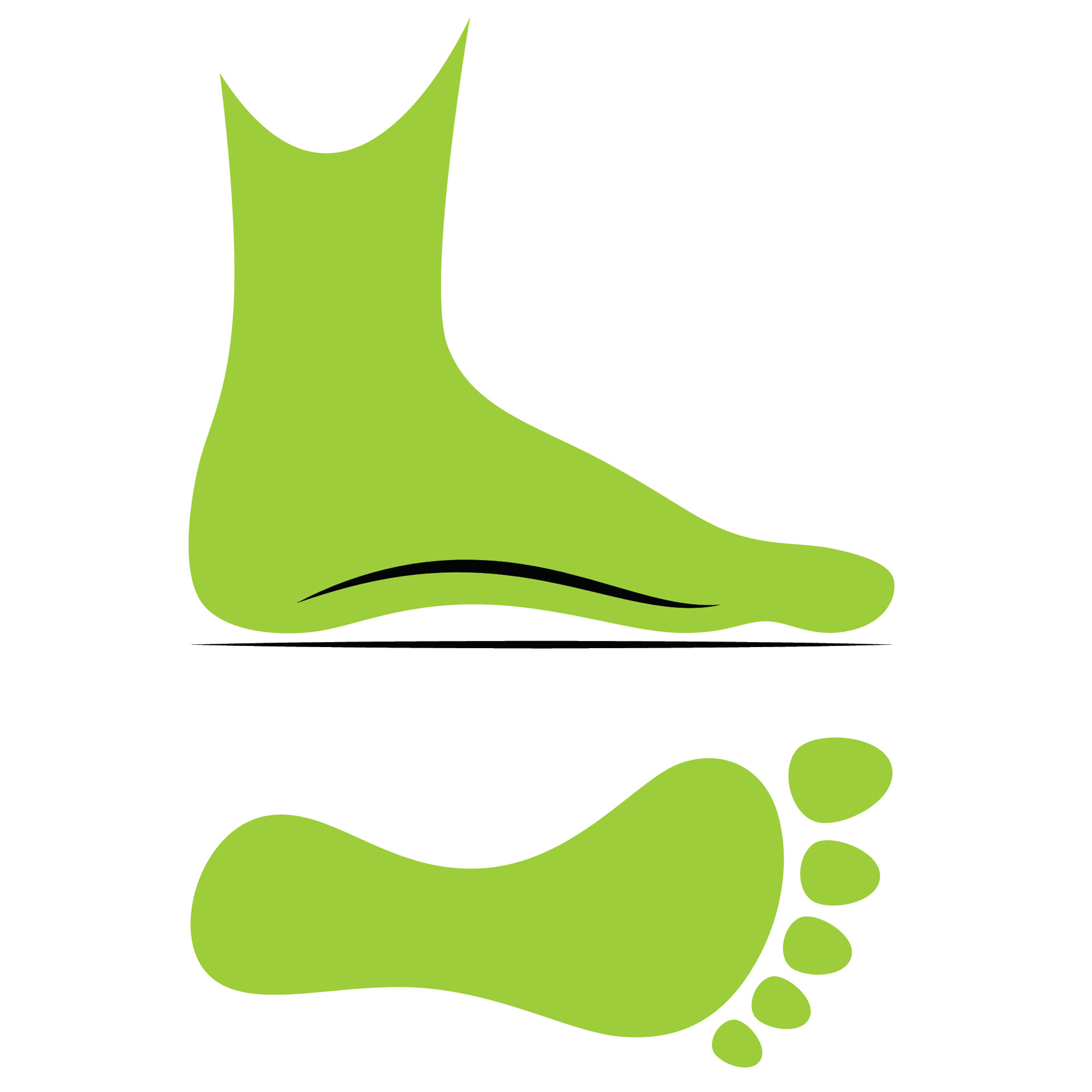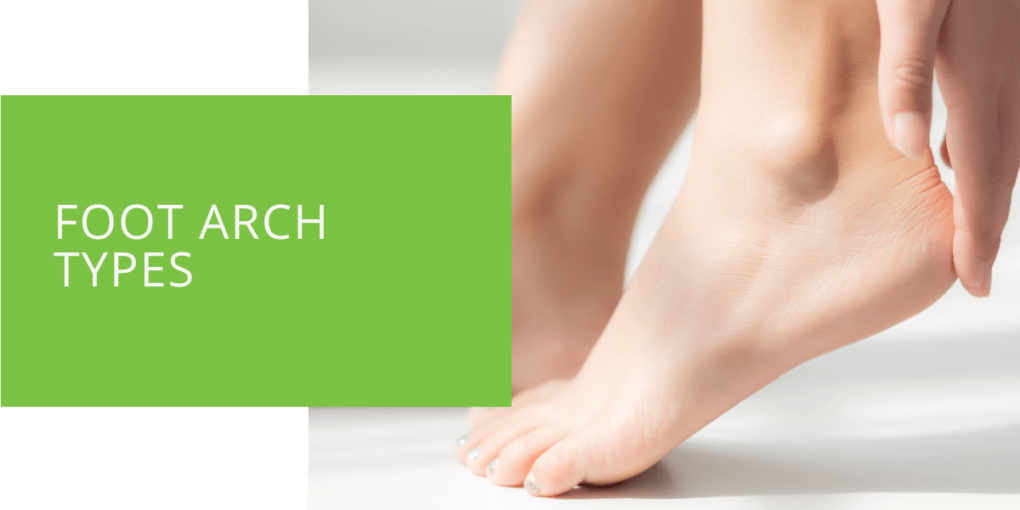Understanding Your Foot Arch Type
Understanding your foot arch type is an important aspect of maintaining good foot and leg health, as well as ensuring that you have the right fit and support in your footwear. Your foot arch type can also affect your overall comfort when walking or running.
There are three main foot arch types: flat feet (pronated feet), high arches (supinated feet), and normal arches. It's important to understand which type you have in order to choose the right footwear and address any potential issues with your feet or legs.
Types of Foot Arch Types
Flat Feet (Pronated Feet)
Flat feet, also known as pronated feet, are characterized by a lack of an arch on the inside of the foot. This can cause the foot to roll inward when walking or running, which can lead to a variety of issues such as pain in the feet, ankles, or lower legs, as well as plantar fasciitis and overpronation. Flat feet are relatively common and can be caused by a variety of factors including genetics, injury, or certain medical conditions.
When it comes to footwear, those with flat feet may benefit from shoes with extra arch support and stability features to help correct overpronation and reduce the risk of injury.

High Arches (Supinated Feet)
High arches, also known as supinated feet, are characterized by a very high arch on the inside of the foot. This can cause the foot to roll outward when walking or running, which can lead to issues such as pain in the feet, ankles, or lower legs, as well as underpronation and a higher risk of injury. High arches are less common than flat feet and can also be caused by a variety of factors including genetics, injury, or certain medical conditions.
When it comes to footwear, those with high arches may benefit from shoes with extra cushioning to help absorb shock and reduce the risk of injury. Shoes with a more flexible sole may also be helpful to allow for a more natural range of motion.

Normal Arches
Normal arches are characterized by a moderate arch on the inside of the foot. This type of foot arch is considered to be the most balanced and efficient for walking and running. While those with normal arches may still experience foot or leg pain or discomfort from time to time, they are generally at a lower risk for injury compared to those with flat or high arches.
When it comes to footwear, those with normal arches may have more flexibility in terms of the type of shoe they choose. However, it's still important to consider factors such as arch support, cushioning, and stability to ensure a comfortable and supportive fit.

How to Test for Your Foot Arch Type
One simple way to test for your foot arch type is through the wet test method. This involves wetting the bottom of your foot and stepping onto a surface such as a piece of paper or a cardboard box. The resulting footprint will give you an idea of your foot arch type.
Here's a step-by-step guide to performing the wet test:
- Fill a shallow pan or bowl with water and place it on a flat surface.
- Dip the bottom of one foot into the water.
- Step onto a piece of paper or a cardboard box and apply a moderate amount of pressure.
- Step off the paper or box and observe the footprint that is left behind.
Here's how to interpret the results of the wet test:
- If the footprint has a wide band connecting the heel to the ball of the foot and little to no curve on the inside, you likely have flat feet (pronated feet).
- If the footprint has a very narrow band connecting the heel to the ball of the foot and a very high curve on the inside, you likely have high arches (supinated feet).
- If the footprint has a moderate curve on the inside and a noticeable but not excessive band connecting the heel to the ball of the foot, you likely have normal arches.
It's important to note that the wet test is just a rough estimate of your foot arch type and is not a replacement for a professional evaluation by a healthcare provider. If you have concerns about your foot or leg health, it's always a good idea to consult with a healthcare professional for a more accurate assessment and guidance on treatment options.

Conclusion
Understanding your foot arch type is an important aspect of maintaining good foot and leg health, as well as ensuring that you have the right fit and support in your footwear. The wet test is a simple and easy way to get a rough estimate of your foot arch type, but it's always a good idea to consult with a healthcare professional if you have concerns about your foot or leg health.
Regardless of your foot arch type, it's important to choose the right footwear and maintain healthy habits such as stretching and wearing shoes that fit properly. By taking care of your feet and legs, you can enjoy a comfortable and active lifestyle.
FAQ
What are the different types of foot arch types?
There are three main types of foot arch types: flat feet (pronated feet), high arches (supinated feet), and normal arches. Flat feet are characterized by a lack of an arch on the inside of the foot, while high arches are characterized by a very high arch on the inside of the foot. Normal arches have a moderate arch on the inside of the foot.
Can my foot arch type change over time?
It is possible for your foot arch type to change over time. Factors such as aging, weight gain, and certain medical conditions can all contribute to changes in the shape of your foot. It's important to periodically check your foot arch type and make sure that your footwear is providing the right fit and support.
Can my foot arch type affect my risk of injury?
Yes, your foot arch type can affect your risk of injury. Flat feet (pronated feet) can cause overpronation, which can lead to issues such as pain in the feet, ankles, or lower legs, as well as plantar fasciitis. High arches (supinated feet) can cause underpronation, which can also lead to issues such as pain in the feet, ankles, or lower legs. It's important to choose footwear that is appropriate for your foot arch type in order to reduce the risk of injury.
How can I determine my foot arch type?
One simple way to determine your foot arch type is through the wet test method. This involves wetting the bottom of your foot and stepping onto a surface such as a piece of paper or a cardboard box. The resulting footprint will give you an idea of your foot arch type. However, it's always a good idea to consult with a healthcare professional for a more accurate assessment.
What type of footwear is best for flat feet (pronated feet)?
Those with flat feet (pronated feet) may benefit from shoes with extra arch support and stability features to help correct overpronation and reduce the risk of injury. It's important to choose a shoe that fits well and provides the right amount of support for your specific needs.
What type of footwear is best for high arches (supinated feet)?
Those with high arches (supinated feet) may benefit from shoes with extra cushioning to help absorb shock and reduce the risk of injury. Shoes with a more flexible sole may also be helpful to allow for a more natural range of motion. It's important to choose a shoe that fits well and provides the right amount of support for your specific needs.

